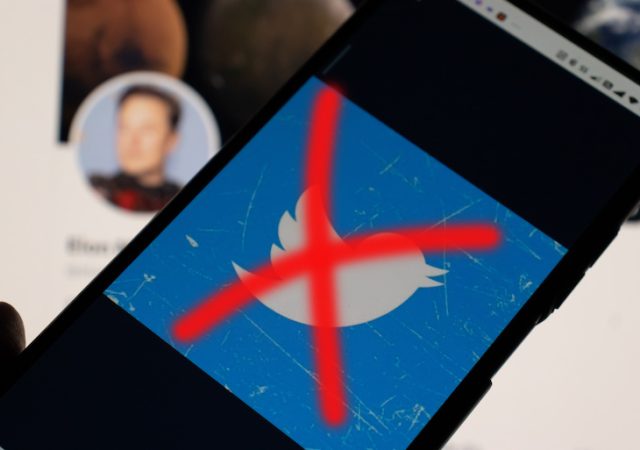Australia’s startup ecosystem is maturing. We’re nearing the milestones of home grown VC funds like Blackbird reaching a decade of investing and AirTree investing in 100 companies.
As a result, we’ve built a healthy roster of founders and operators with more than a few notches in their belts.
Ready to expand into leadership roles but not necessarily become founders themselves, operators are now exploring what are called “fractional” roles. Adjacent to consulting and freelancing, fractional operators are both strategic advisors as well as executors, and are accountable for results.
With an ongoing, part-time capacity, fractional operators may even have teams of full-time employees reporting to them.
Whether it’s sales, marketing, operations, and even HR, fractional leaders are giving Aussie startups access to senior, experienced talent, without the huge salary commitment.
Zachary King, fractional sales leader and founder of the Fractional Exec Community, says his global community has 350 members living in Australia and it’s growing 15% month-on-month, says “fractional is having a bit of a moment”.
Yaniv Bernstein, CEO of Circular, says he “brought on a fractional HR executive to oversee our talent acquisition and people processes”.
He says the decision has come with ample benefits: “from having quick access to an incredible leader at a modest cost, through to having the ability to dial the level of commitment up and down as our needs changed.”
As a fractional marketer myself, there are individual benefits, too.
In full-time roles I found it easy to fall into the habit of starting early and staying late, putting things off because work was “too busy” or I was just so tired at the end of the work day that there was no headspace for anything else.
Since making the switch to a fractional work style, I’ve worked less hours than any other time in my career.
My output is the same, though. Without time spent on office politics, trying to get a promotion, volunteering for extracurricular cultural activities, and even just lending a hand to colleagues, I get more work done in a day than ever. The line between “work” and “life” has never been clearer, and life has never been more in order.
Dentist appointments, a regular gym schedule, time for hobbies, a midday nap, they’re all there.
And then there’s the bigger stuff; finally addressing personal issues in therapy, making time to donate blood, and getting all of my physical health in order. At the end of the work day it feels like the second part of my day – leisure – begins.
The result is that my clients get the best of me. They don’t get tired, grumpy, stressed Kayla, they get refreshed, relaxed, 100% brain power Kayla.
Tania Clarke, who’s balancing fractional work with part time employment, says it’s given her :“flexibility to experiment with working for different companies and industries, without the rigidity of a full-time role. Having flexibility within your week opens up time for later starts, a selective schedule, early daycare pickups, and more time to follow curiosities.”
At a time when the tech industry is coming to grips with huge layoffs, inflated salaries coming down, a difficult economy to raise money in, down rounds, and of course the “return to the office” discussions, plenty of high-performing individuals are asking themselves if the grass is greener elsewhere.
Each week my LinkedIn message requests from aspiring fractional marketers grow, wanting to know if they can ask me a few questions.
Advice on being fractional
Their questions are often the same, so here’s the advice I give:
Do you need a website and subscriptions to a bunch of business management software before you start?
No, and if you’re telling yourself you do, then you’re procrastinating. Just start with what you have, and see what you need, when you need it.
How do you figure out pricing?
You can start with your salary, break it down into a daily and hourly rate and then add anywhere up to 50 or even 100% if you like.
My advice though is to never work by the hour, aim for projects or monthly retainers. If you do projects, ask for a portion up front. Assume you can’t have any more than two to three clients at once.
Finally, factor in taking time off. Divide your yearly income goal by 11 months, not 12.
Do you need an accountant? At tax time definitely, and if you’re planning on making a good go of it, you’ll need to speak to one to set yourself up properly for things like GST.
It’s best to look for one early and build a relationship with one you trust rather than desperately find anyone who has capacity when you need your tax return lodged.
King says he often gets asked for advice from aspiring fractional leaders.
“Success is entirely in your hands”, he says, “identify a niche that leverages your expertise, pinpoint your target customers, and articulate the unique value you bring.”
King also stresses the value of joining a community of people who understand your experience and can offer relevant support.
For business owners still tossing up on the matter, James Manners, co-founder of Pliny, says “fractional talent allows us to be flexible in a cost effective way. At the end of the day, our business is about finding the right people that can help our customers and the community of fractional executives allows us to do that. It allows us to get experienced people as part of the team on a regular, ongoing basis.”
- Kayla Medica is the author of Mehdeeka, a B2B marketing newsletter, and columnist at Startup Daily.




















Trending
Daily startup news and insights, delivered to your inbox.